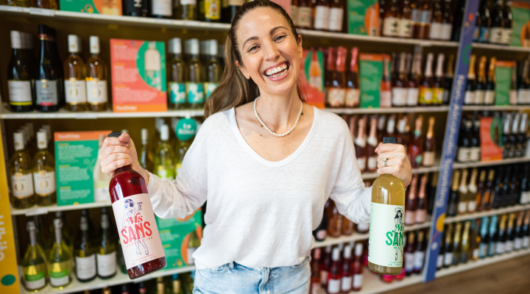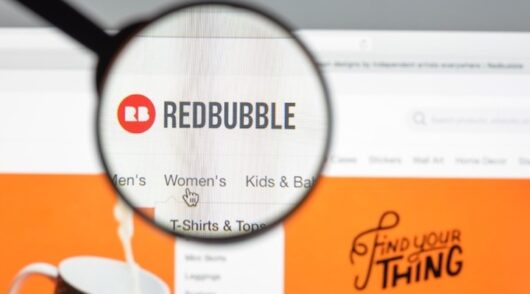 A European tech entrepreneur invited to intimate roundtable discussions with the likes of Facebook’s Mark Zuckerberg and Apple’s Tim Cook, says smartphones are the key drivers of getting customers into physical stores.
A European tech entrepreneur invited to intimate roundtable discussions with the likes of Facebook’s Mark Zuckerberg and Apple’s Tim Cook, says smartphones are the key drivers of getting customers into physical stores.
IRW caught up with Stefano Portu, CEO and co-founder of smart phone app Shopfully last week as the app firm closes in on one million downloads in Australia after its first year of launching.
In 2016, Shopfully was ranked in the top five shopping apps in Italy, Brazil and Mexico, which encouraged the brand to set its sights on Australia.
Commenting on whether business commentary today is too ‘black and white’ over bricks-and-mortar vs e-commerce, Portu said most still have an old fashioned approach to the topic, “coming straight from the early 2000s”.
“The truth is, e-commerce is growing, but 94 per cent of purchases still happen in physical stores, and the shoppers in their aisles are connected via their mobile phones.
“The biggest priority of bricks-and-mortar retailers in terms of the industry’s digitisation, is not how they develop an e-commerce play on six per cent of their revenues, but how they handle the remaining 94 per cent happening in-store when most of their customers choose their smartphones as the key touchpoint for physical shopping.
“Effectively using the mobile internet to influence drive to store and in-store experience is the biggest challenge for retail.”
According to Deloitte 2015 report ‘Navigating the new digital divide’, Australian consumers have one of the highest appetites for digital engagement in the developed world. Digital interactions influence 40 per cent of in-store visits in Australia and 21 per cent of these are on mobile devices with digital touching the shopping journey before, during and after the visit in store. Sixty-five per cent of shoppers will use a digital device to find about products before stepping in store.
Asserting that the supply chain is one of the areas where the internet of things and big data can really change the game, Portu said the real challenge is reinterpreting the physical stores and the offline path to purchase matching the expectations of the mobile shopper.
“Of course, today is easier to generate more sophisticated targeting, but based on our experience with more than 300 top retailers worldwide, we believe that making drive to store a measurable process is the key for real innovation,” he said. “All mainstream habits are becoming apps.”
Stefano identifies the losers as online merchants with new figures identifying a decline in online shopping.
According to spending figures released by the National Australia Bank (NAB) in May 2017, Australians are shying away from shopping on the internet. In dollar terms, the NAB estimates that Australians spent $22.37 billion online over the past 12 months, accounting for around 7.3 per cent of total sales and traditional retailers. The bank’s Online Retail Sales Index — a measure of spending on retail goods — fell by 0.8 per cent in April, reversing a similar gain in March.





